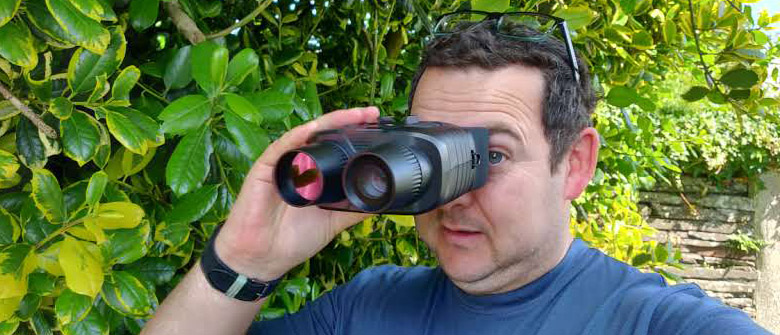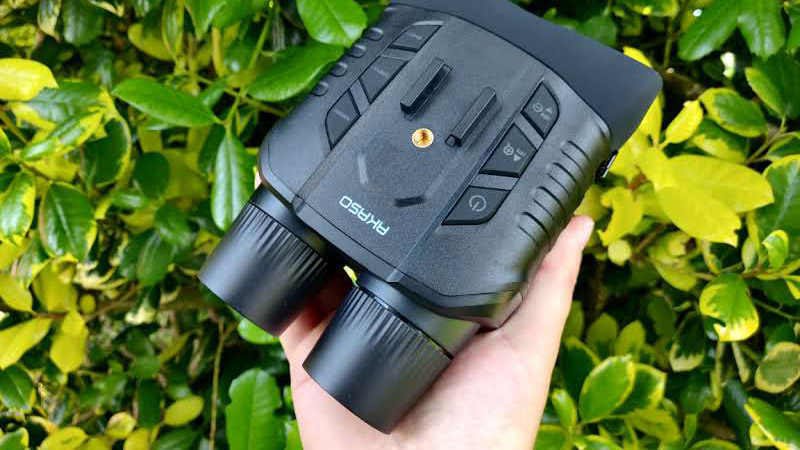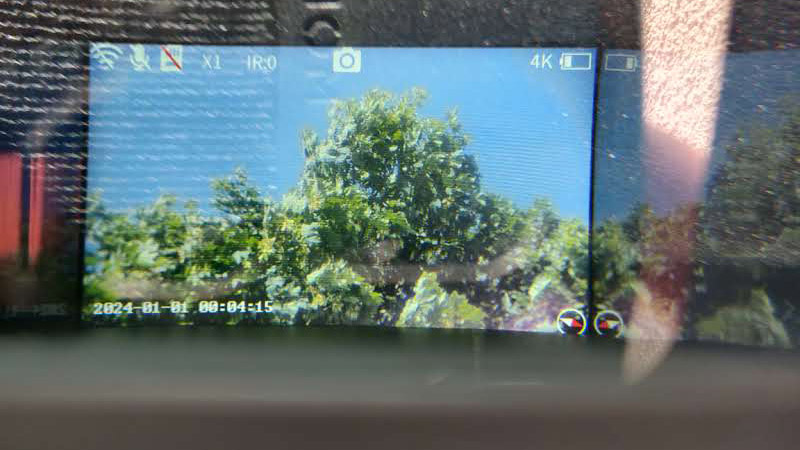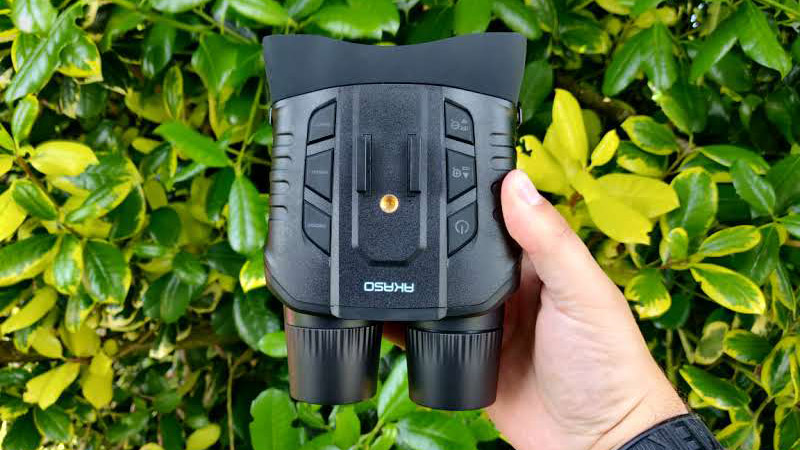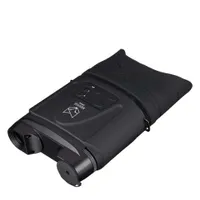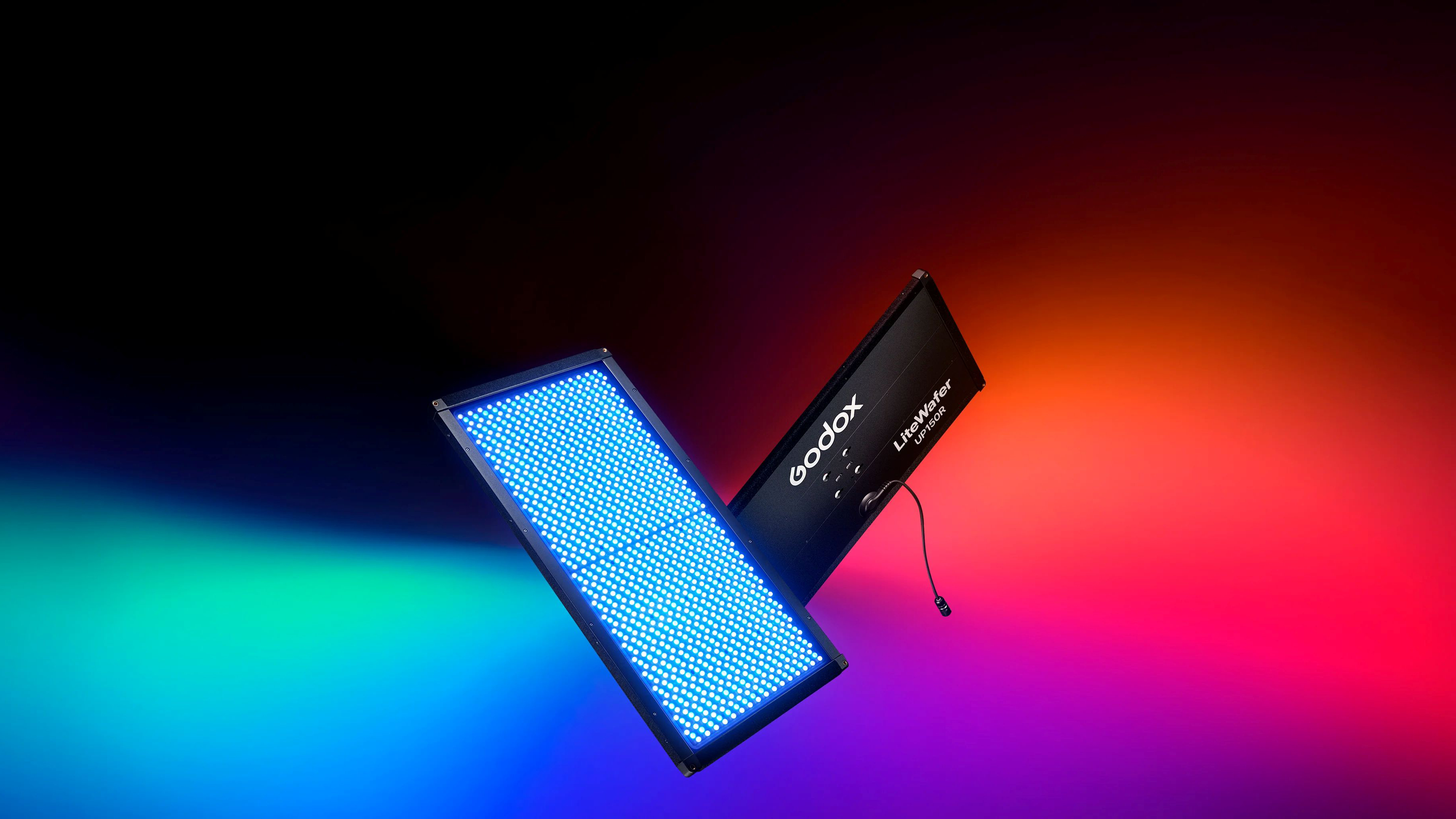Digital Camera World Verdict
The Akaso Seemoor 200 is an excellent budget-friendly night vision binocular, offering solid color viewing by day and impressive IR performance at night. With dual rechargeable batteries and USB-C charging included, it’s great value for money. While color images can appear a bit flat and there’s no onboard storage, it’s a smart choice for beginners and hobbyists looking for capable, affordable night vision in a pair of camera binoculars.
Pros
- +
Excellent value for money
- +
Easy to operate with intuitive controls
- +
Solid, durable construction
Cons
- -
MicroSD card costs extra
- -
Washed-out color image and video in daylight
- -
Digital zoom degrades image quality at higher levels
Why you can trust Digital Camera World
Night vision binoculars have long been associated with the image of tactical gear or high-end wildlife observation tools - often bulky, expensive, and out of reach for casual users. But every so often, a product comes along that changes the landscape, offering solid performance without the premium price tag. The Akaso Seemoor-200 is exactly that.
Priced firmly in the budget category, it promises full-color daytime viewing and recording, coupled with reliable night vision with adjustable infrared, video, and photo capture. It also benefits from a rugged build that feels more serious than its price suggests.
I’ve spent time testing it across various light conditions and real-world use cases, and what I found was a surprisingly capable and thoughtfully designed device, especially for those new to the world of digital optics.
Akaso Seemoor 200: Specifications
Sensor | 1/1.79" CMOS with AI-powered ISP |
Display | 3-inch TFT LCD inner screen |
Photo/Video Capture | up to 4K video |
Zoom | Up to 16x digital zoom |
Storage | MicroSD card required (not included), supports up to 512GB |
IR Modes | 7 adjustable IR brightness levels |
Power | 1x rechargeable lithium batteries (2 included in box) |
Charging | USB Type-C |
Mount | Tripod-compatible |
Akaso Seemoor 200: Design & Handling
The Akaso Seemoor 200 is what I’d call a functional, fuss-free device, and in this price range, that’s exactly what you want. It’s made entirely from solid, heavy-duty plastic, and while it lacks the premium finishes of higher-end optics, it feels sturdy enough to handle the rough-and-tumble of field use.
There’s a satisfying weight to it - enough to inspire confidence, but not so much that it becomes a burden when you’re out on long walks or overnight camps.
The controls are intuitive, and while the interface isn’t flashy, it’s easy to get to grips with. The LCD display inside is large enough to give you a clear view, and the buttons have decent tactile feedback.
One thoughtful touch that I really appreciated: Akaso includes not one, but two rechargeable batteries in the box. It’s a little detail, but one that goes a long way, especially if you’re planning longer excursions. The only caveat is that there’s no onboard storage, so you’ll need to pick up a MicroSD card separately.
The best camera deals, reviews, product advice, and unmissable photography news, direct to your inbox!
Akaso Seemoor 200: Performance
This is where the Seemoor 200 punches above its weight. In daylight or well-lit conditions, you get the benefit of full-colour viewing and capture. The colors are vivid, though I found that both stills and video could come out a little washed out, with a flat tonal range and not much contrast. That said, for the price point, the overall quality is more than acceptable – it’s just not going to rival a DSLR or a dedicated daytime optic.
Where this unit really shines is in night vision. The infrared system kicks in automatically as light drops, and with seven IR brightness settings, you can dial it in depending on how dark it is and what you’re trying to see. Whether it’s dusk, the dead of night, or just before dawn, you’ve got enough flexibility to make out fine details. Subjects are clearly defined, and while there’s some grain, as you’d expect, the sharpness and contrast are much better than I anticipated for a device at this price.
The 16x digital zoom is a bit of a mixed bag. It’s handy in theory, but image clarity does suffer at full zoom. I found that staying below 10x gave me the best balance between reach and resolution.
Sample images & videos
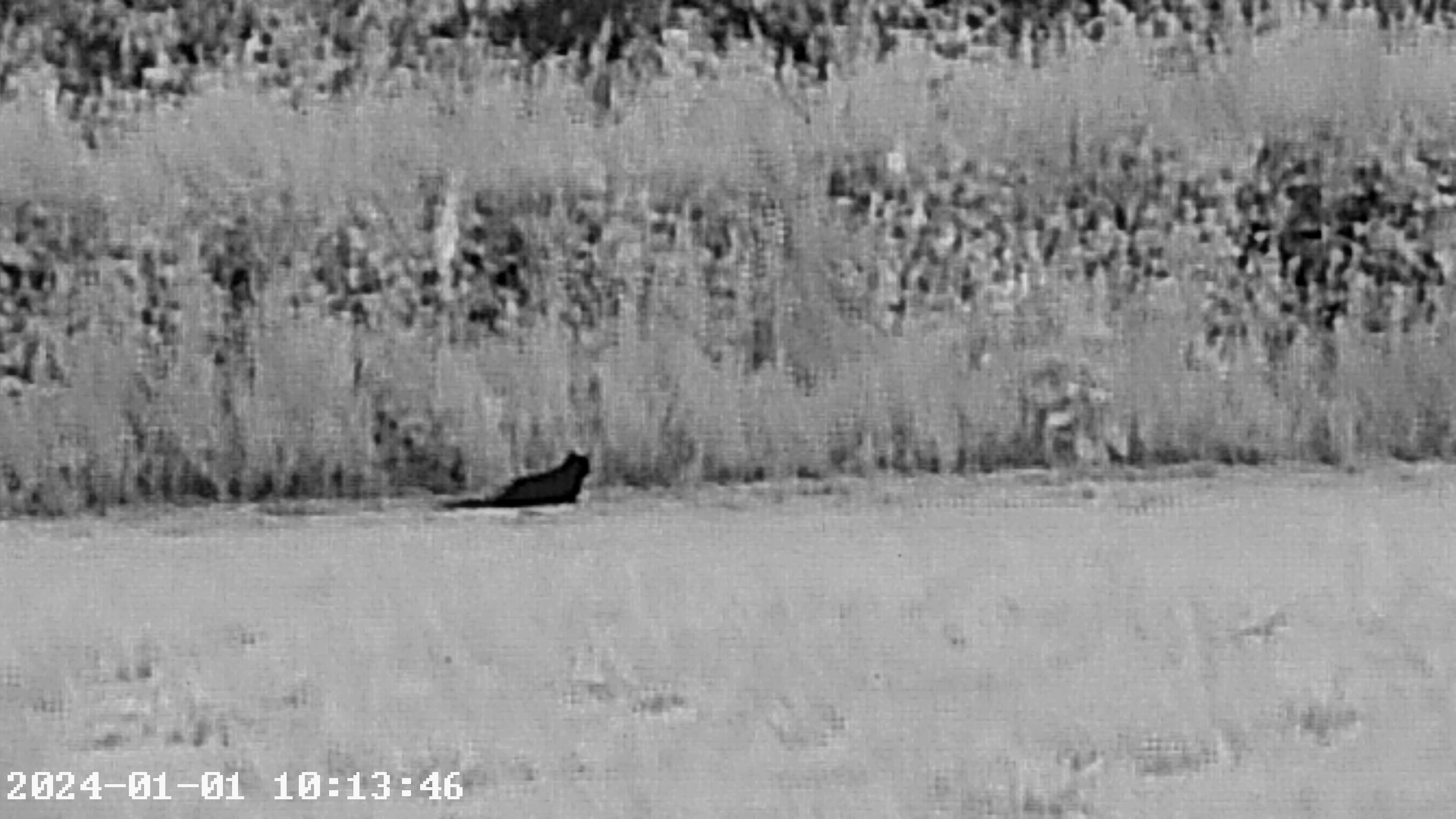


Above: Sample videos shot with Akaso Seemor 200
Akaso Seemoor 200 Final Verdict
The Akaso Seemoor 200 is, quite simply, one of the best-value digital night-vision binoculars you can buy right now. It’s not perfect - color footage can lack contrast, and you’ll need to bring your own MicroSD card - but those are small trade-offs for what you’re getting. For that $200 / £200, price range you get solid build quality, a proper dual-mode viewing experience, decent video recording, and impressive night vision capabilities.
Factor in the included USB-C charging and the thoughtful addition of two rechargeable batteries, and this feels like a product that’s been built with the user in mind.
If you’re just getting into night vision optics or you want an affordable pair of digital binoculars that genuinely deliver, the Akaso Seemoor 200 is a smart place to start.
✅ Buy this if...
- You want an affordable entry into night vision binoculars
- You’re looking for a device that captures both day and night footage
- You appreciate value-added touches like dual rechargeable batteries
🚫 Don't buy this if...
- You prefer optical zoom over digital zoom for image clarity
- You’re looking for something ultra-compact or pocket-sized
- You want built-in storage
You might also like...
Compared to the Akaso Seemoor 200, the NightFox Corsac sits in a similar price bracket at $149.99 / £149.99 / AU$251 and offers a slightly lighter build, though it still leans on the bulky side. Like the Seemoor, it captures Full HD video in both color and night vision modes, which makes it versatile for round-the-clock use.
In terms of range, the Corsac performs well up to around 150 meters, with usable - but softer - image quality stretching to about 180 meters. You’ll still easily spot deer, sheep, and smaller wildlife at those distances.
While the Corsac is a capable performer, it doesn’t quite match the Seemoor’s color accuracy or its included extras, like the dual rechargeable batteries. However, for straightforward, effective digital night vision at a reasonable price, it’s a solid alternative.
Read our full NightFox Corsac review
Check out our full guide to the best camera binoculars, and our rundown of the best night-vision goggles and binoculars

For nearly two decades Sebastian's work has been published internationally. Originally specializing in Equestrianism, his visuals have been used by the leading names in the equestrian industry such as The Fédération Equestre Internationale (FEI), The Jockey Club, Horse & Hound, and many more for various advertising campaigns, books, and pre/post-event highlights.
He is a Fellow of the Royal Society of Arts, holds a Foundation Degree in Equitation Science, and holds a Master of Arts in Publishing. He is a member of Nikon NPS and has been a Nikon user since his film days using a Nikon F5. He saw the digital transition with Nikon's D series cameras and is still, to this day, the youngest member to be elected into BEWA, the British Equestrian Writers' Association.
He is familiar with and shows great interest in 35mm, medium, and large-format photography, using products by Leica, Phase One, Hasselblad, Alpa, and Sinar. Sebastian has also used many cinema cameras from Sony, RED, ARRI, and everything in between. He now spends his spare time using his trusted Leica M-E or Leica M2, shooting Street/Documentary photography as he sees it, usually in Black and White.
You must confirm your public display name before commenting
Please logout and then login again, you will then be prompted to enter your display name.
